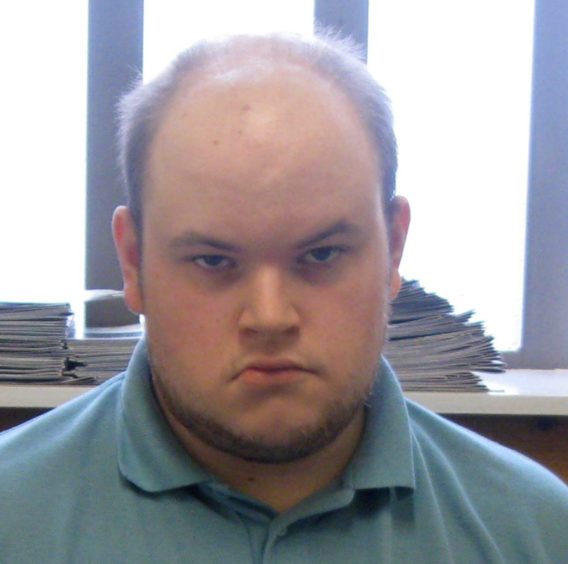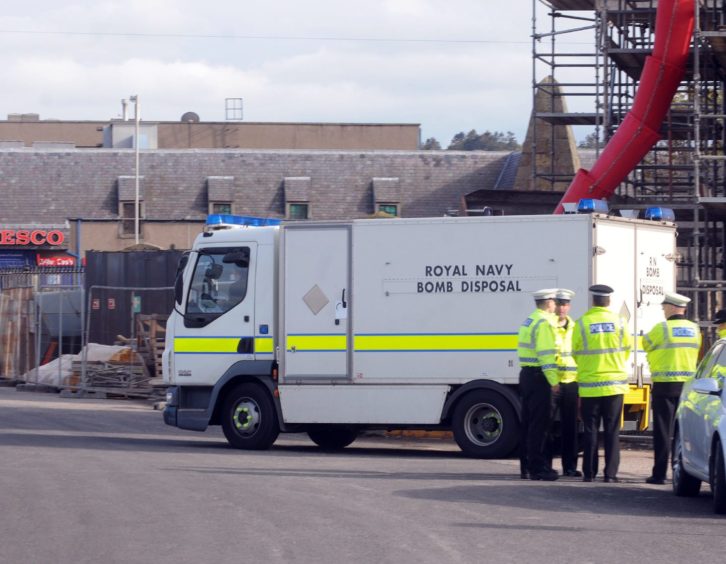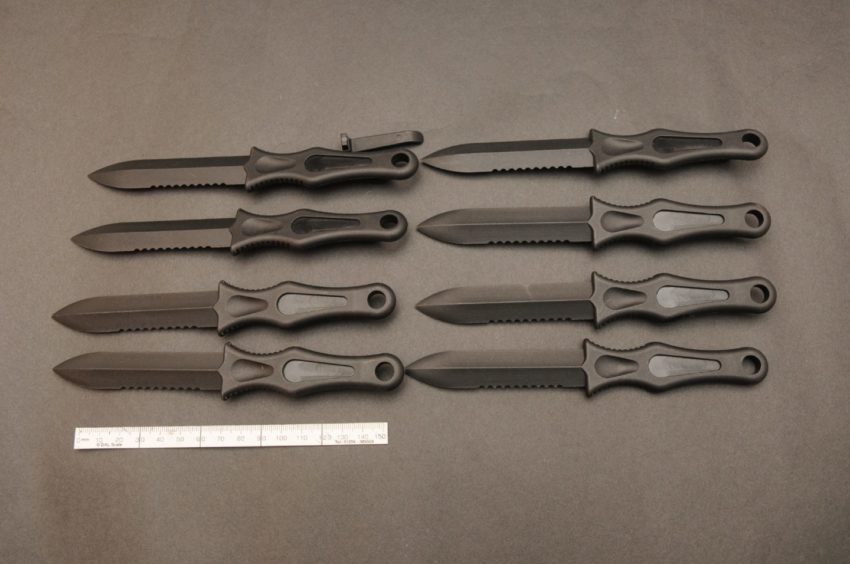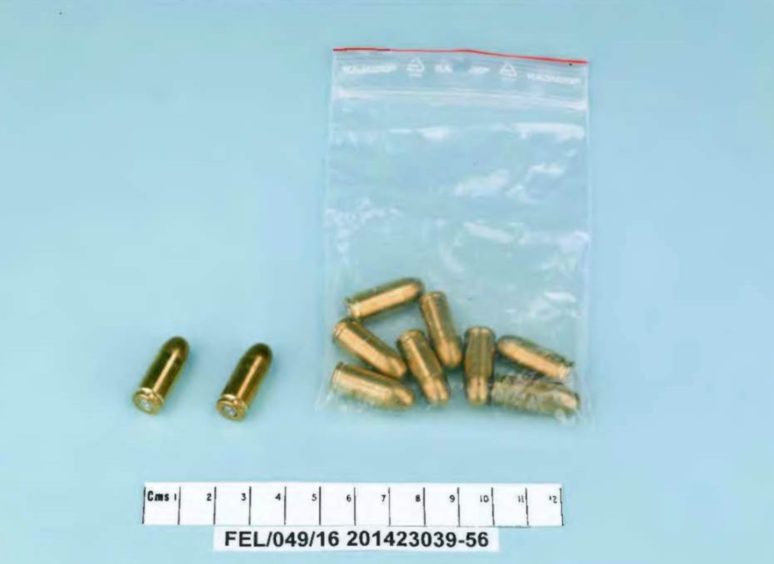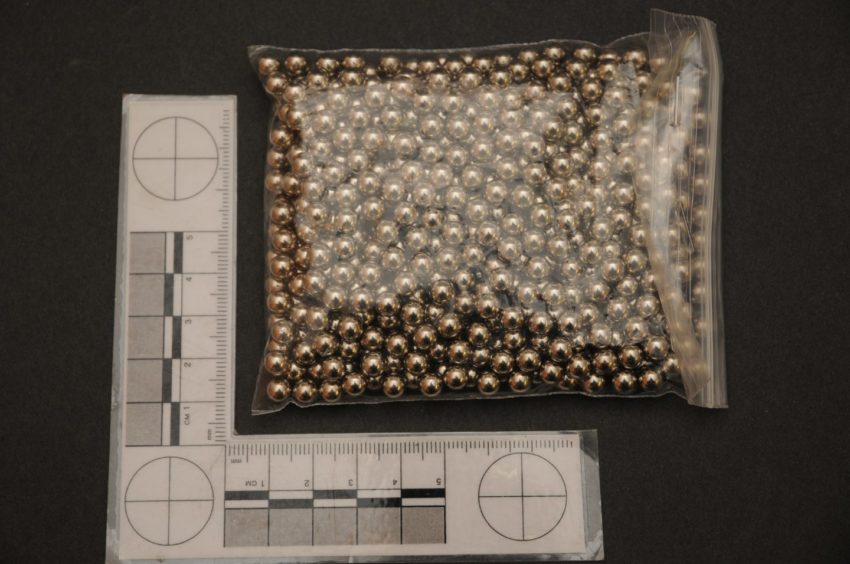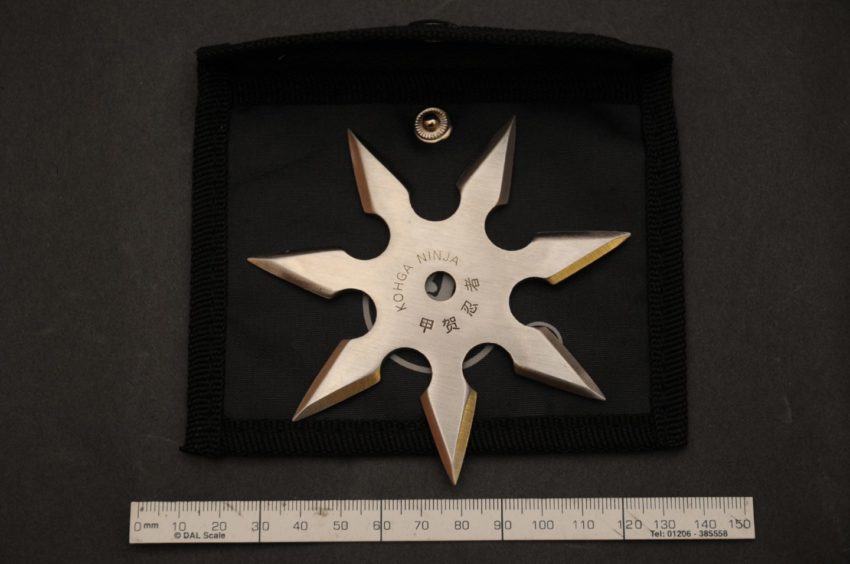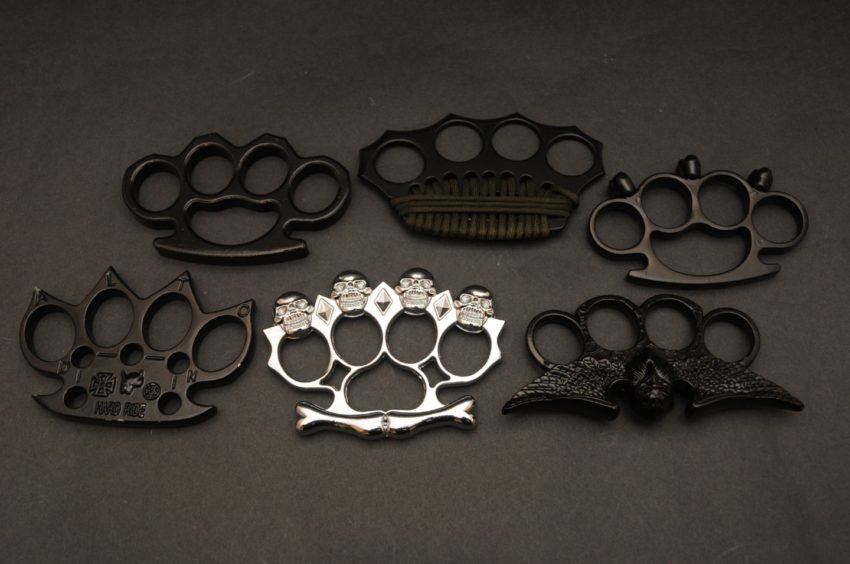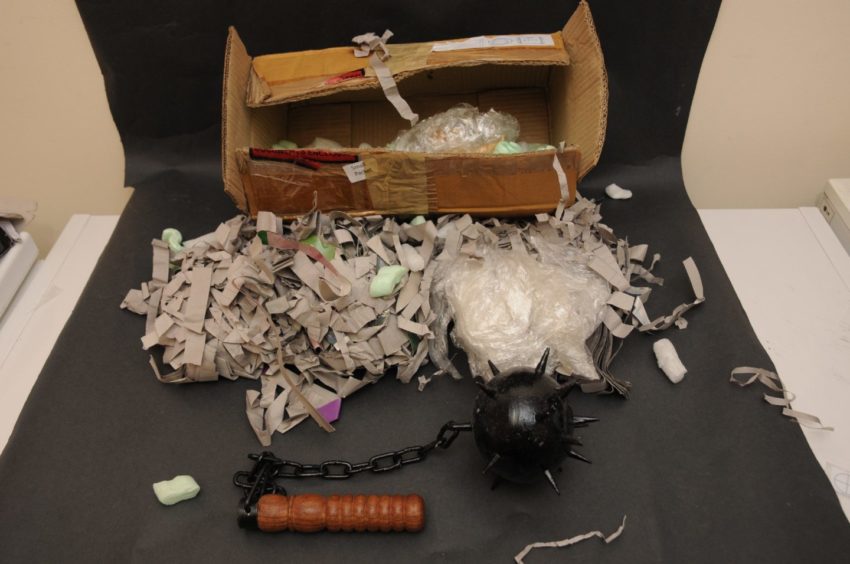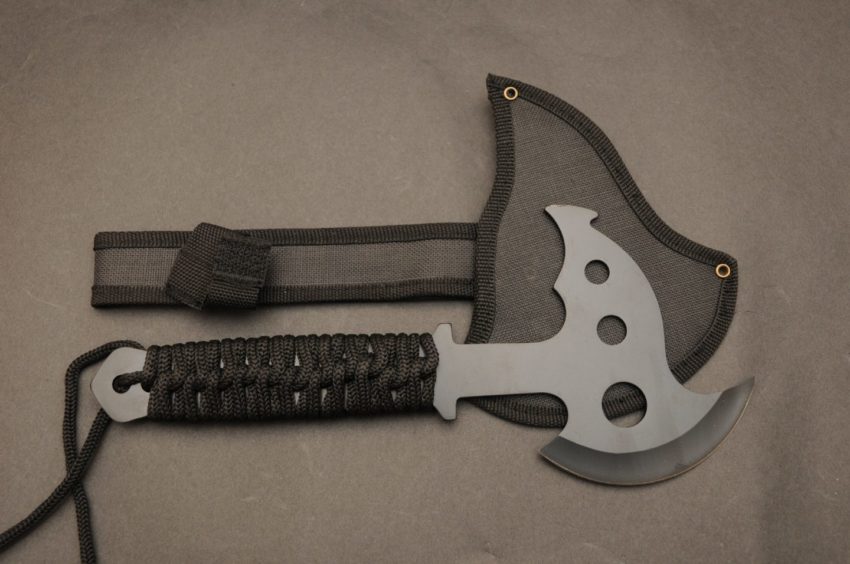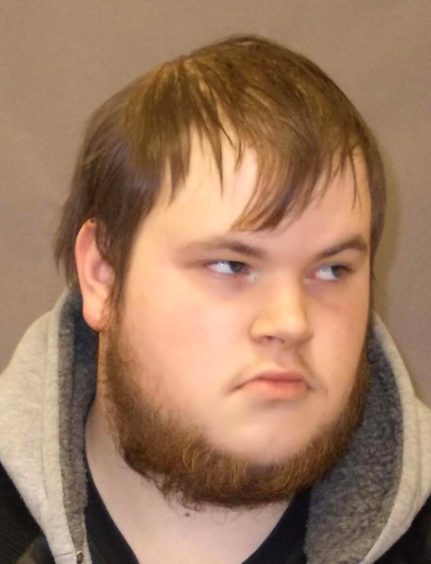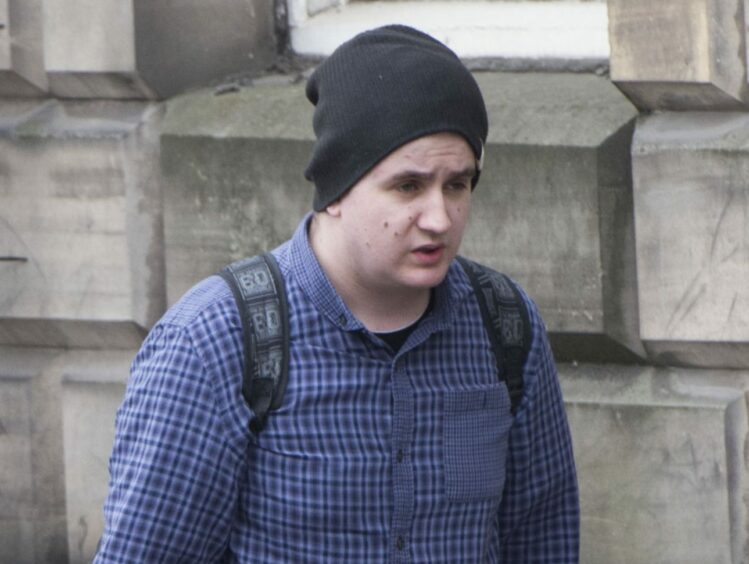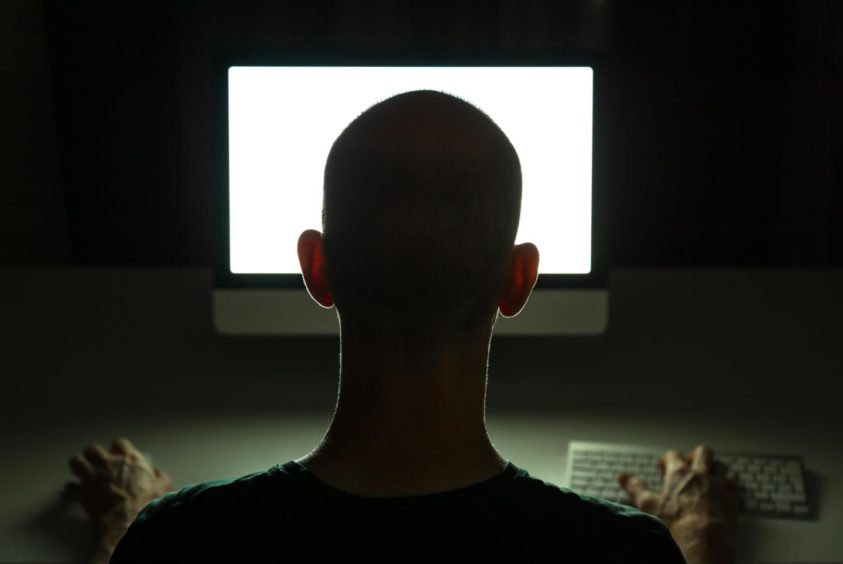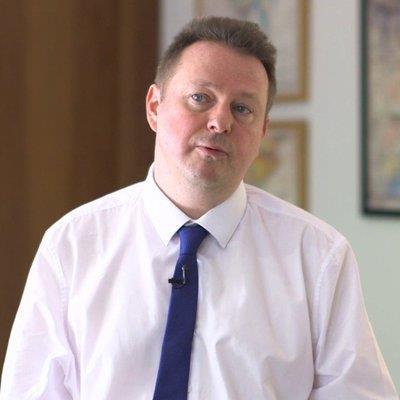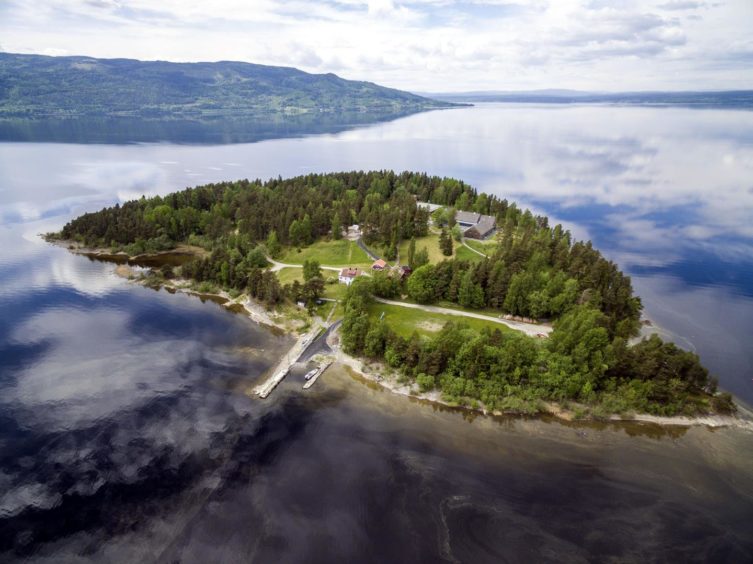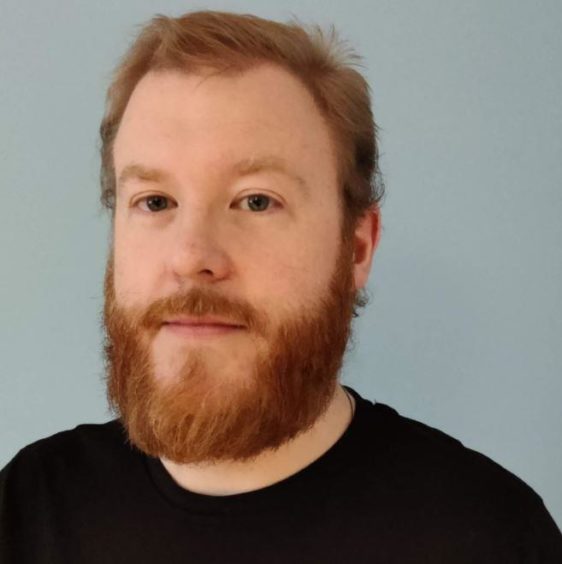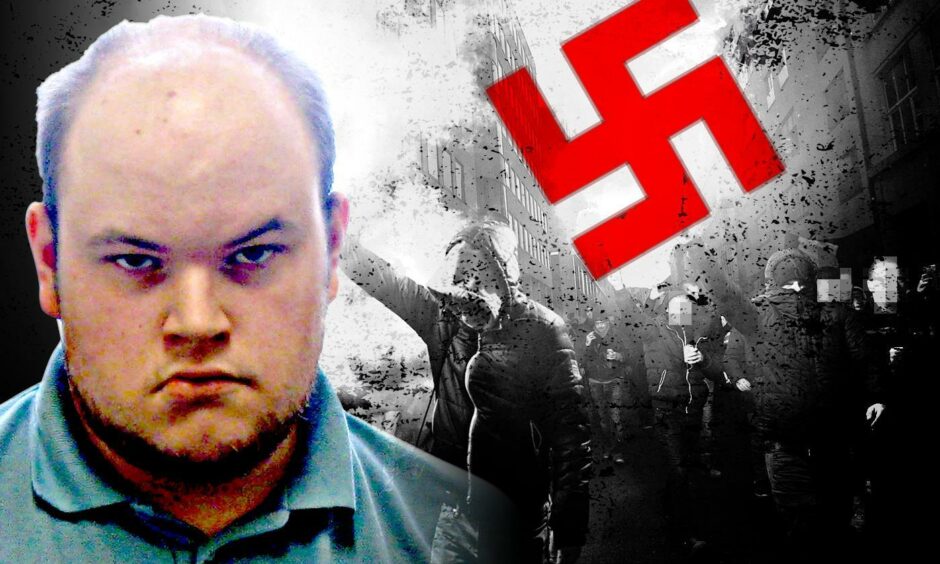
Connor Ward may have seemed like an isolated case.
A troubled young man from the quiet town of Banff given a life sentence for plotting to blow up a mosque after becoming obsessed with hate-filled, terrorism-focused, neo-Nazi material online.
But now a special investigation by the Press and Journal Impact team can reveal growing fears that rural communities such as Scotland’s North-East and Highlands and Islands are seen as soft recruiting grounds by far-right extremists.
For the first time, Connor Ward’s school pal and co-accused Samuel Howitt gives an insight into their twisted friendship, how far-right extremists exploited him and often prey on the bullied, abused and vulnerable to act out their evil plans.
We discover how the days of Sieg Heil salutes, street rallies, bovver boots and shaved heads are largely gone but these new extremists – who glorify Adolf Hitler as well as modern mass murderers like Anders Breivik – are being quietly radicalised in their bedrooms via web chatrooms.
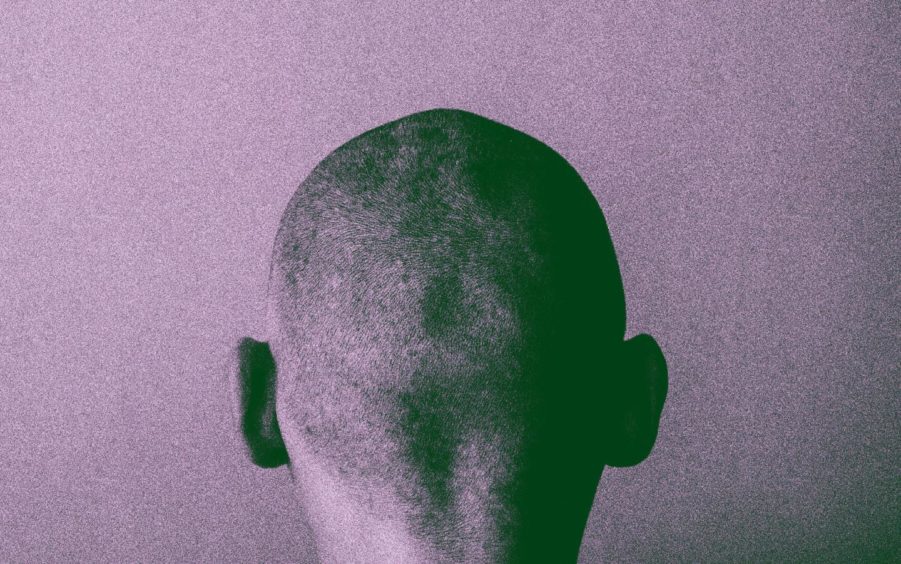
We also reveal how easy it is to find the most extreme neo-Nazi propaganda online with many banned terror groups openly operating on one of the world’s biggest social media sites.
Our probe also speaks to terrorism experts who are now studying the risks of radicalisation in the Highlands while we also hear from those who have grown up suffering racism in their communities but who urge understanding of the issue and not just condemnation.
Neo-Nazis in Scotland – Connor Ward
He was a troubled young man from a fractured family living in a small Scottish North-East fishing town.
Connor Ward cut a lonely unkempt figure in Banff, suffering mental health problems and spending hours trawling the internet.
But few could have suspected he was a committed neo-Nazi plotting his part in a so-called racial war by attacking mosques and other soft targets in his twisted bid to wipe out Muslims.
Ward – later dubbed the ‘Banff Bomber’ – was a textbook case of a disenfranchised, bitter young man looking for a violent cause.

He was 20 when the first signs of extreme behaviour emerged and saw him trigger a bomb scare in his hometown.
Homes in the Low Shore area had to be evacuated and residents led to safety after he threatened to kill himself and his dad with a bomb.
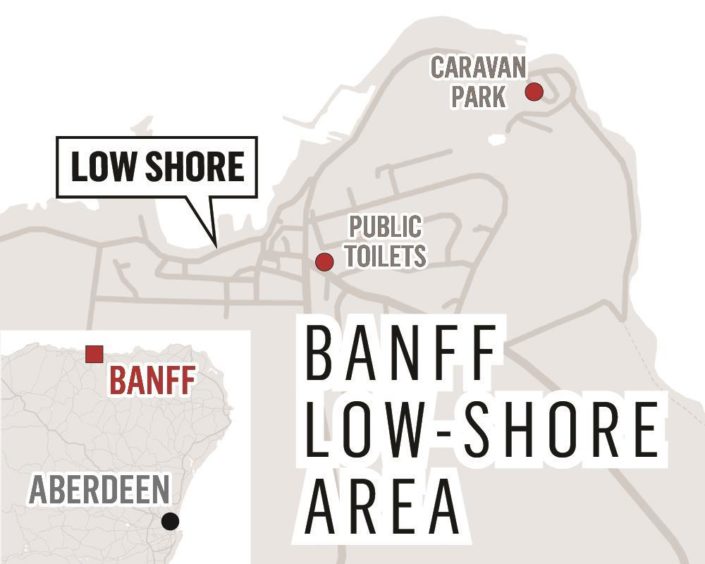
Ward had harboured a deep-seated grudge against his dad Alexander, who fathered a child with Ward’s young ex-girlfriend.
The plot was uncovered when his mum found a copy of a DIY bomb manual among bottles of chemicals at his flat.
At the High Court in Edinburgh, he was jailed for three years but allowed out early on supervised release.

Within months of his release, he was in trouble again. At Peterhead Sheriff Court, he admitted having 58 knuckle-dusters and a stun-gun between November 19, 2013, and November 21, 2014.
Police had been tipped off about his arsenal by the National Crime Agency. Sheriff Andrew Miller said Ward’s actions were of a “significant concern” and jailed him for 22 months.
At the time, his solicitor Sheena Mair said: “Mr Ward’s circumstances are very complex. He required in-depth support.”
 Then in 2018, Ward was given a life sentence for plotting terror attacks on mosques after being exposed to a toxic stew of a troubled family life, mental health problems and easy access to online hate forums.
Then in 2018, Ward was given a life sentence for plotting terror attacks on mosques after being exposed to a toxic stew of a troubled family life, mental health problems and easy access to online hate forums.
His descent into a world of violent extremism and domestic terrorism was made clear at his trial.
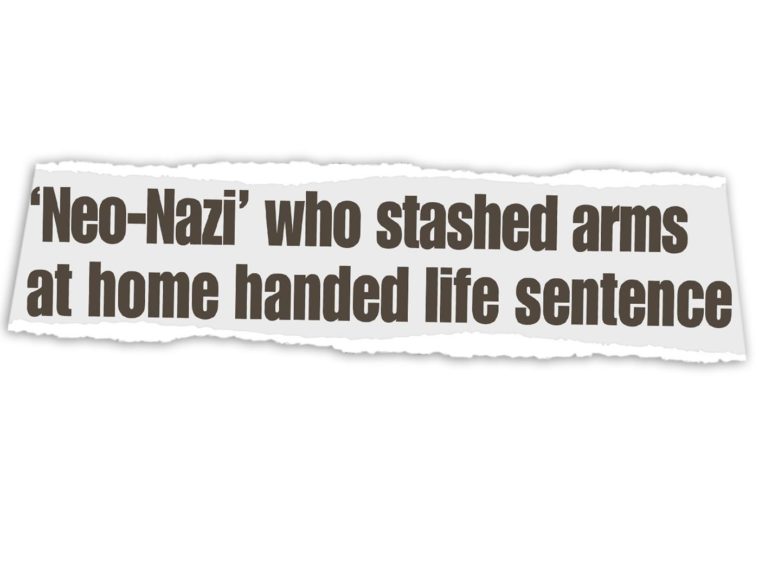
Ward was caught with a chilling hoard of potentially lethal weapons and bomb-making equipment. He also kept a list of mosques in Aberdeen while vowing to bring about the “demise” of Islam.
At the High Court in Glasgow, judge Lord Burns told him he must serve at least six years before he is eligible for parole.
Lord Burns said: “The jury found you guilty and must have been satisfied you were in the course of preparing acts of terrorism.
“The jury’s view was that you formed an intention to attack a mosque or mosques in Aberdeen and would have acted alone.
“You had reached the stage of identifying your targets and expressed threats against Muslims.”
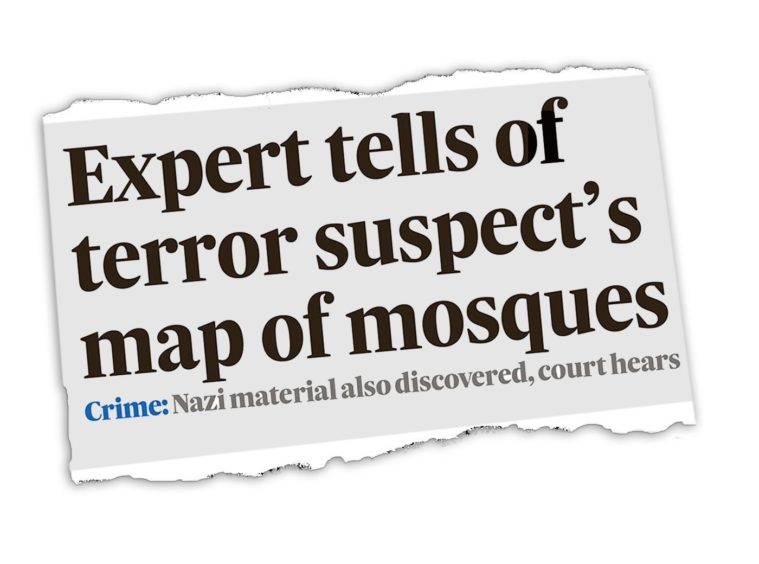
Lord Burns said that if Ward had carried out the acts of terrorism “it would have had catastrophic results.”
He added: “You had reached the stage of buying materials and you planned to cause serious injury at the least.
“Your obsession with weapons and explosives and your extreme right-wing attitudes presents a serious risk to the public.”
When police had originally searched his home they found hundreds of ball bearings, which could be used in pipe bombs, and rocket tubes capable of firing projectiles . A stun gun, hundreds of knuckle dusters, knives and metal bars and deactivated bullets were also discovered.
Officers also discovered Ward had a mobile phone signal jamming device, a machine for picking up hidden bugs and that he had downloaded from the internet thousands of documents on firearms and survival techniques.
The files contained extreme right-wing propaganda and documents about military tactics.
They also found that Ward compiled a book called Combat 18 British Mosque.
He had also downloaded thousands of “extreme right-wing” punk rock songs.
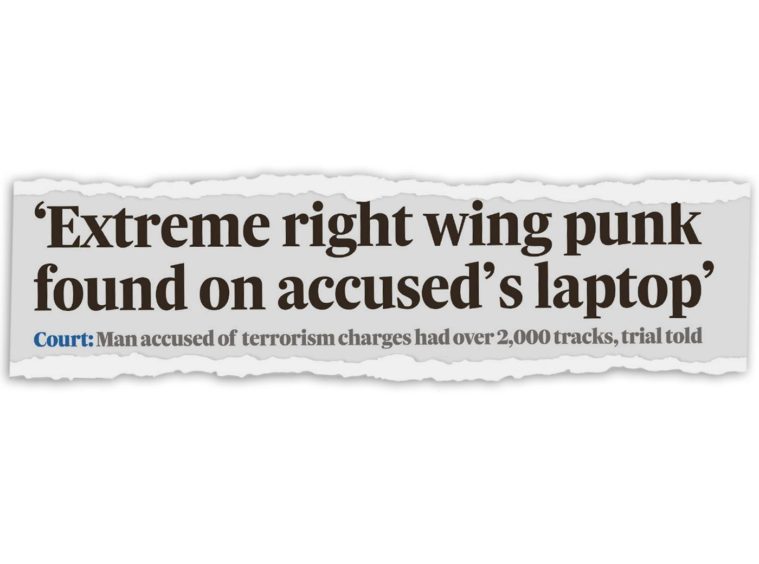 A total of 2,043 tracks were found on a laptop taken from his home. An arsenal of weapons and material which could be used in bombs were also found at properties linked to him.
A total of 2,043 tracks were found on a laptop taken from his home. An arsenal of weapons and material which could be used in bombs were also found at properties linked to him.
Some of the songs found on his laptop were by a group called Rahowa, an abbreviated term favoured in far-right fringe groups, which stands for “Racial Holy War”.
Police also found:
- A copy of Mein Kampf by Adolf Hitler on Ward’s computer which one expert said appeared to have been downloaded from a “white nationalist news portal”.
- A copy of The Turner Diaries, a book once described by the FBI as being the “bible of extreme right-wing activists”.
- A book called The Jew as Criminal with a preface by Julius Streicher – a Nazi leader in the Third Reich who was hanged at the Nuremberg trials.
Stopping the spread of racial hatred
Banff, Scotland – celebrated in tourism guides for its fine examples of Georgian architecture – could never be depicted as a hotbed of simmering racial tension and Ward’s case is a complicated one.
Banffshire and Buchan Coast MSP Karen Adam said Ward’s case highlighted the importance of stopping the spread of hatred and division across North-East Scotland.
She said: “It’s extremely troubling when people fall down the rabbit hole of being fed and buying into extreme alt-right wing propaganda. It is a dangerous path that destroys the lives of not only themselves but more importantly the marginalised groups who are often the targets of hate.
“During these times where we’re witnessing a growing trend in hate crimes against women, Muslims, Black, Asian and minority ethnic (BAME) people, disabled, and LGBTQ+ people.
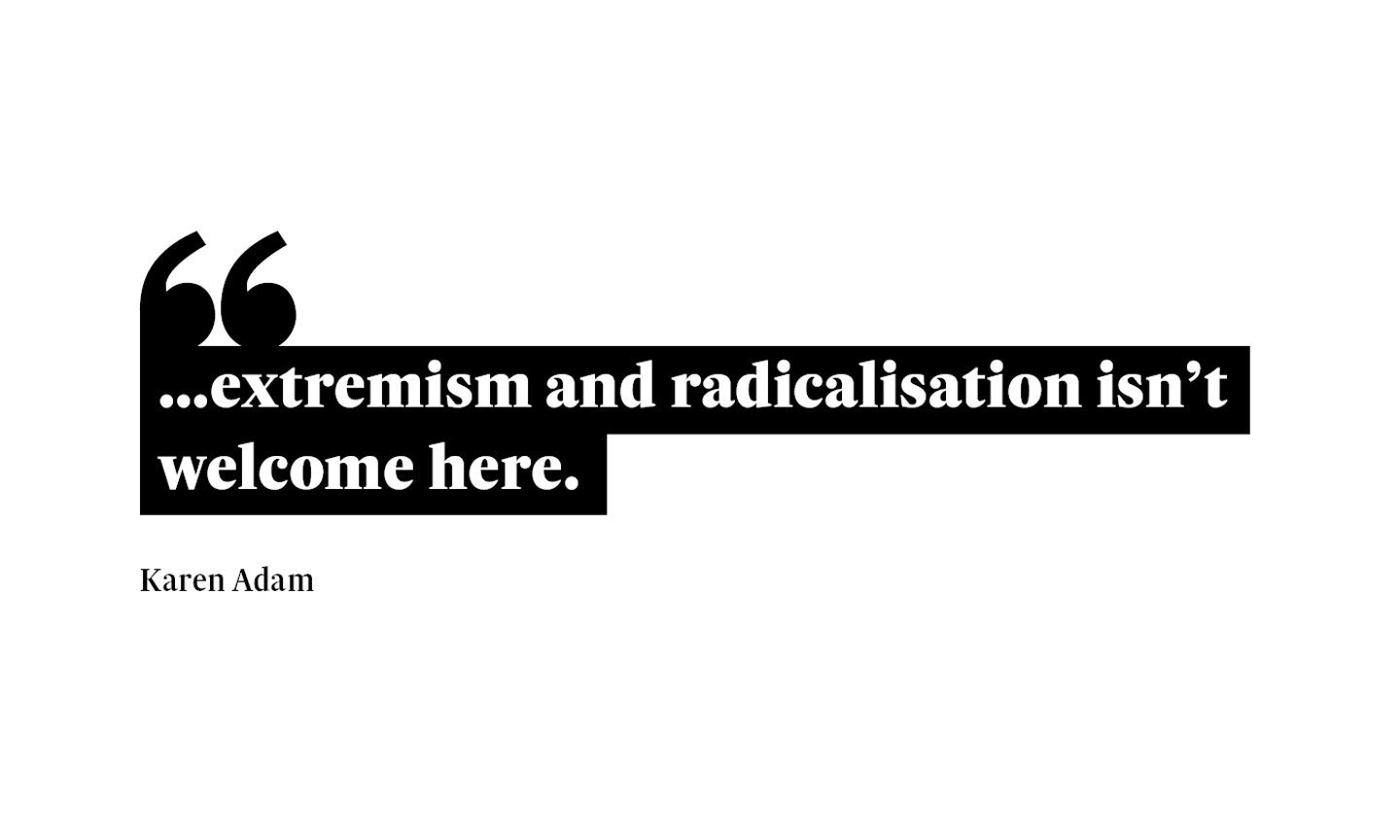
“Islamophobia, misogyny, racism, xenophobia, ableism, homophobia, biphobia, and transphobia have no place in Scotland and I will take every opportunity to use my voice as an MSP to advocate exactly that.
“In the recent May election, the people of Banffshire and Buchan Coast elected me as an outspoken, equalities-driven candidate. That signals the intent of the people living here that extremism and radicalisation isn’t welcome here.”
Samuel Howitt
He was one of Connor Ward’s only friends who once shared his obsession with neo-Nazi race hate.
Samuel Howitt – then aged 18 – appeared in court in 2012 alongside Ward, charged with conspiracy over the first bomb scare in Banff. The Crown Office later dropped the charges against Howitt.
Two years later, he was jailed for threatening to carry out a massacre at the charity call centre where he worked at the time.
Now, Howitt, from Fife, has spoken for the first time about his involvement with the extreme right and his former friendship with Ward.
‘They are very, very good at grooming’
He said: “Connor Ward was a school pal.
“I was aware of the far-right stuff. Back in the day, I was kind of involved in that. Now, I take nothing to do with it.
“If truth be told, it was basically wakening up and realising that it’s no use to anyone, man.
“It just radicalised you. They get round you at a point where you are lonely, they look for people that have been bullied, abused, stuff like that. They are very, very good at grooming.”
When he was arrested with Ward, Howitt originally faced allegations that he conspired to manufacture or possess – under suspicious circumstances – explosives at an address in Banff, between September 2011, and May 23, 2012.
He was accused of searching and finding instructions on how to make an explosive device as part of the conspiracy.
Ex-Inverkeithing High School pupil Howitt was further accused of getting match heads and other items to make an explosive.
He was also accused of trying to buy chemicals and other items to make an explosive substance.
Howitt appeared on petition at Peterhead Sheriff Court on May 24 and was released on bail after a night in custody.
The Crown Office then decided there should be no further proceedings against Howitt.
Far-right groups offered a sense of belonging
Now, in an expletive-laden rant, Howitt said he was active in far-right circles but refused to be drawn on the exact nature of his activities.
He said: “When you delve into the depths of it, you realise they are just there to use you. I wouldn’t call it going after the vulnerable, it’s more offering a sense of belonging.”
Howitt said he was paid by the far-right to complete tasks, the nature of which he would not disclose.
“To be fair, the money was the appeal. They get you moving stuff, you get a bit of extra money to do certain things within the far-right movement. It kind of goes against their ethos. I don’t really want to delve into that side of things if I am honest.”
Howitt admitted that he was drawn to extreme-right terror groups such as Combat 18, founded in the 1990s, which takes its name from Adolf Hitler’s initials, referencing the first and eighth letters of the alphabet.
He said: “Combat 18 and National Front were groups I was attracted to. Delving back, looking at the history, these forms of the far-right have been dead since the 90s. It’s just old guys that used to be part of it but it’s like the IRA, everyone says the IRA is dissolved but it’s not.”
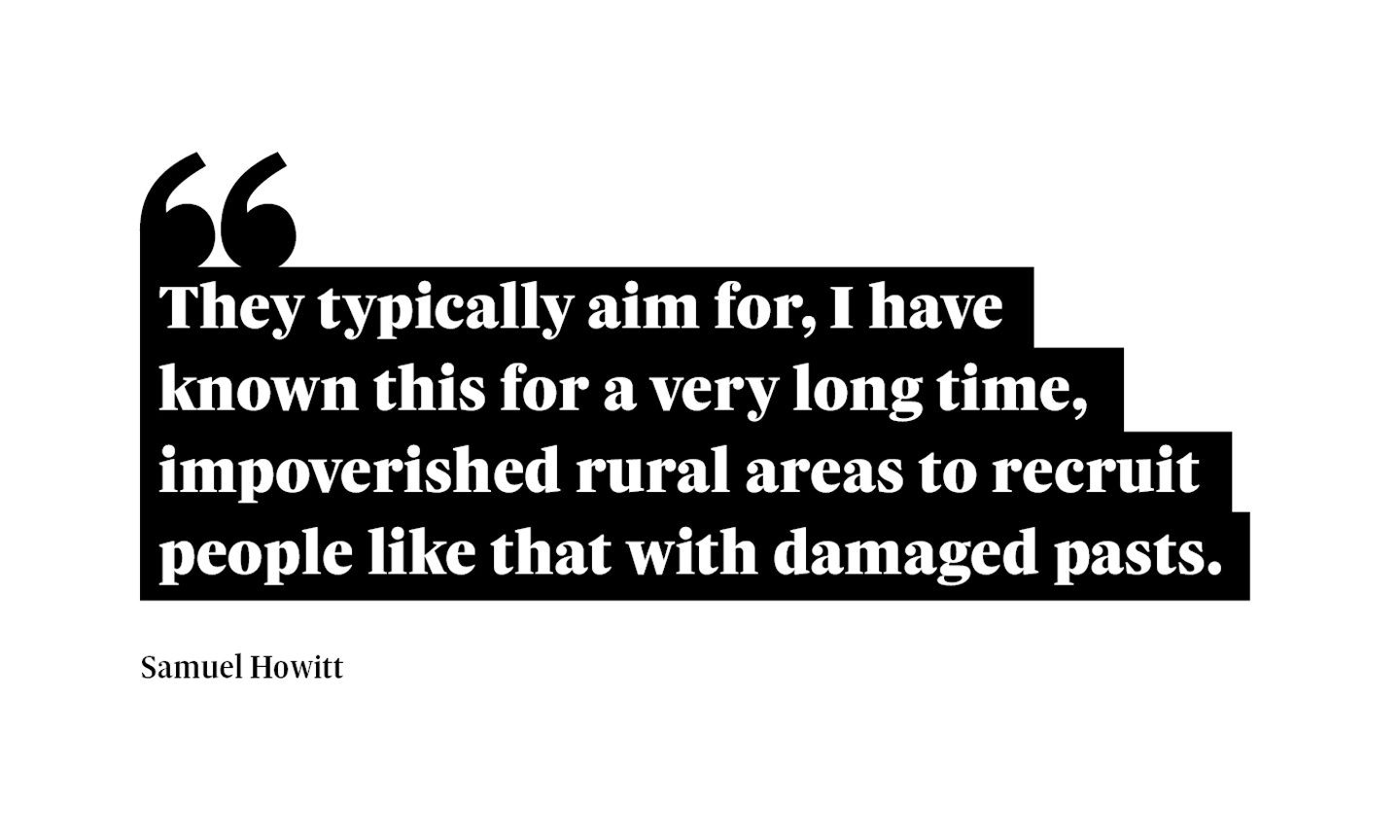
He also confirmed that the far-right is pinpointing isolated and rural areas as recruiting grounds.
“They target rural areas, that’s the areas that they target, they’ll no’ hit big demographics like Edinburgh and Glasgow, it’s too diverse. They typically aim for, I have known this for a very long time, impoverished rural areas to recruit people like that with damaged pasts.”
Scared and intimidated
After having his charges dropped over the Banff incident it wasn’t long before Howitt, 27, found himself back in trouble when he was jailed for 200 days in 2014 for his threats at the call centre.
He admitted that between January 1, 2013 and April 18, 2013 at Carnegie Campus, Enterprise Way, Dunfermline, he behaved in a threatening manner by telling colleagues he had guns and ammunition and repeatedly stating he wanted to make explosives and bomb his place of work.
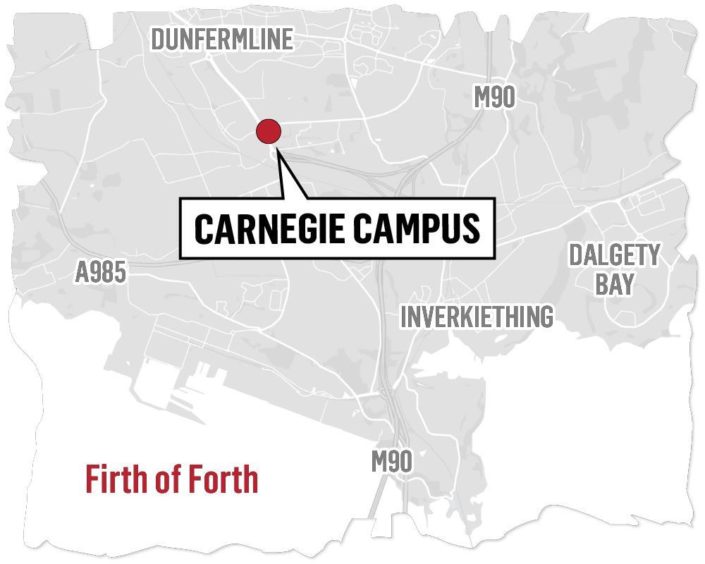
He further admitted that between April 5 and 6, 2013, he told a colleague he had guns and was going to shoot people he worked with.
The court heard Howitt, a first offender, had been working for R Fundraising in Dunfermline, an organisation which raises funds for charities such as the Samaritans and Save the Children.
At the time, fiscal depute Nicola Henderson said various colleagues had reported Howitt for making them “scared and intimidated” following a string of threats.
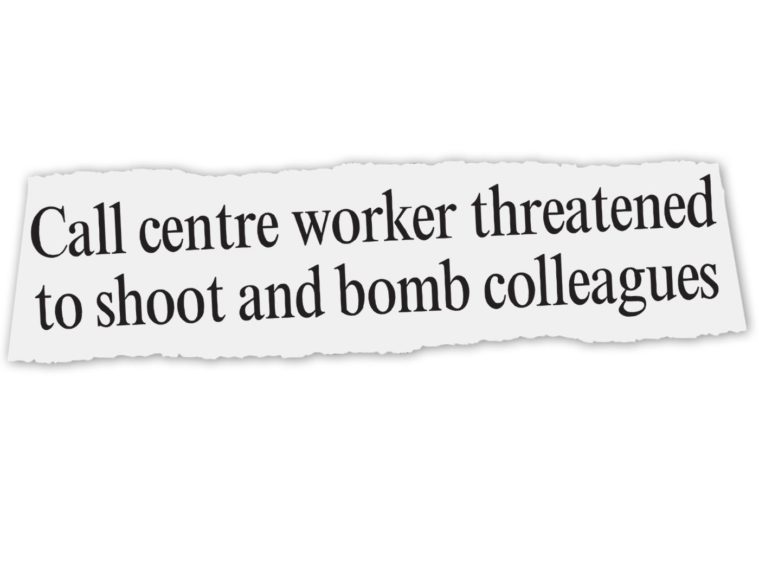
In a news report at the time, one fellow worker said Howitt had claimed he wished he had a job where he could shoot people and that he wanted to “kill”.
Other colleagues said Howitt went into detail about the description of the bullets he wanted to use and how they would “shatter” as they entered the body.
It was also claimed he had told a colleague he wanted to smuggle a machine gun into the workplace to shoot people.
The court heard Howitt repeatedly boasted to his workmates that he was capable of making a bomb.
He also made racist comments saying he wanted to join the army so he could “shoot Taliban and P***s”.
The call centre manager was eventually informed of Howitt’s comments and contacted the police.
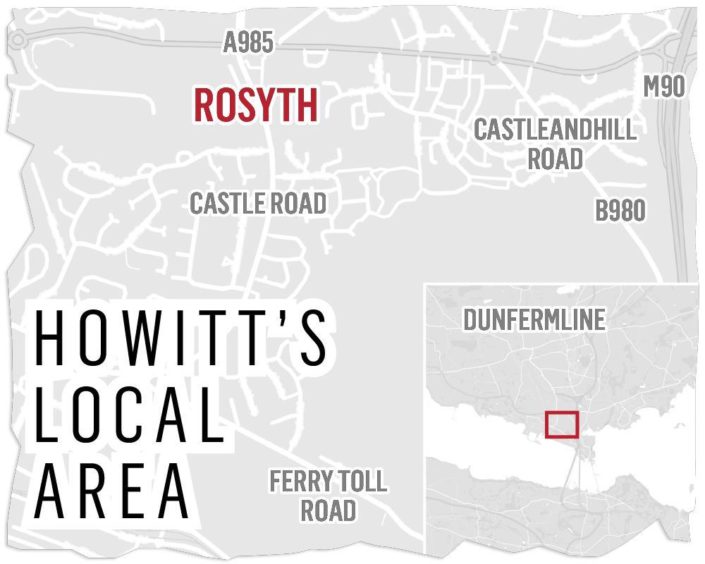
Officers raided Howitt’s flat but found no guns or bomb-making equipment and later interviewed Howitt who said he “never meant to harm anyone”.
Howitt’s defence solicitor Toni Pentecost said he suffered from stress and anxiety and that the threats made were “a mixture of idle threats, bravado and, in some cases, intoxication.
“There was no intent but that’s perhaps not how it has come across.”
Sheriff Charles Macnair QC said: “Over a prolonged period of time you made threats to harm your work colleagues and others and to kill using particular ammunition and by making homemade bombs.
“Threats to kill and blow people up are serious matters and clearly caused alarm for your work colleagues who were concerned and frightened by these comments, so I am satisfied that only a custodial sentence is appropriate.”
‘I just want to put it behind me’
Now, Howitt says he has fully severed ties with Ward and turned his back on extremism.
He said: “I have no sympathy for the far-right now, not at all, not any more. The amount I have had to suffer, applying for jobs, going for anything like that, they instantly just think I am some tatted up monster when I am not.
“I work in marketing at the moment. It’s going brilliant. I couldn’t ask for anything better. I have got my views when it comes to the police and stuff like that but when it comes to the far-right stuff, I would say I was pretty reformed from that.
“The way I see it, I am done and dusted, I’ve went in, I’ve done my time, I’ve came out with a new view and I just want to put it behind me.”
Telegram Messenger
Ward was caught with a chilling cache of Nazi flags, Ku Klux Klan banners and Third Reich propaganda.
But our delve into the digital domain of the hatemongers uncovered far more sinister material – all easily available on our smartphones and tablets.
Our probe revealed that hate peddling far-right extremists have flocked to the Telegram messaging service which – like a slicker, stealthier version of WhatsApp – allows huge encrypted chat groups.
The app is a popular social media network with more than 500 million users – some of whom are children.

It boasts “military-grade” encryption –which makes it perfect for criminals and neo-Nazis.
Its end-to-end encryption leaves no trace of messages on servers and they can only be accessed on the devices where they were written.
With a few taps on a smartphone, we accessed horrific extreme right wing material on the app.
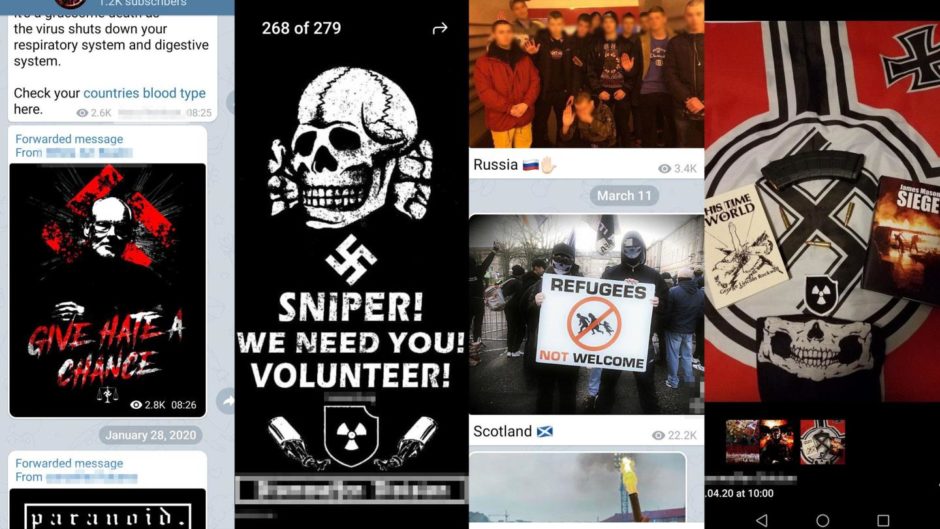
Connor Ward – The tip of the iceberg?
University of St Andrews researchers fear Ward may just be the tip of the iceberg.
A mix of lockdown, social and geographical isolation and the rise of digital hate sites has pushed extremism into the north-east, Fife and more remote areas such as the Highlands and Islands.
Two men – one in Aberdeen and another in Fife – are currently awaiting trial for allegedly plotting domestic terror attacks on Muslim people across Scotland.
Now, a team at St Andrews University are spearheading one of the first studies into the growing phenomenon of radicalisation in Scotland’s remote and rural areas.
Previous research into the UK Government’s bid to counteract terrorism and radicalisation has focussed on big cities.
The new project will look at the issue of people in Scotland’s Highlands an Islands being lured into terrorism.
Dr Tim Wilson, who heads St Andrews University’s world renowned Centre for the Study of Terrorism and Political Violence (CSTPV), said very often terrorism tended to happen on high profile stages – major city centres, international airports, venues that will get noticed.
Now attacks or plots are emerging in quieter and unexpected locations.
Dr Wilson added: “There seems to be a way in which the internet is diffusing attack possibilities and perhaps diffusing recruitment and radicalisation possibilities too.
“What we have been seeing is a tendency to fragmentation. Politically motivated attacks are often more amateur and conducted with more primitive means.
“But because of that spontaneity and the fact that they are clearly a feature of the information age and the social media revolution, they are also quite hard to keep on top of.”
Islamist terror groups such as Islamic State and Al Qaida have previously adopted so-called lone actor terrorism as a tactic.
Now, disenfranchised far-right extremists have picked up on this judging that a lone actor attack will have greater chance of success.
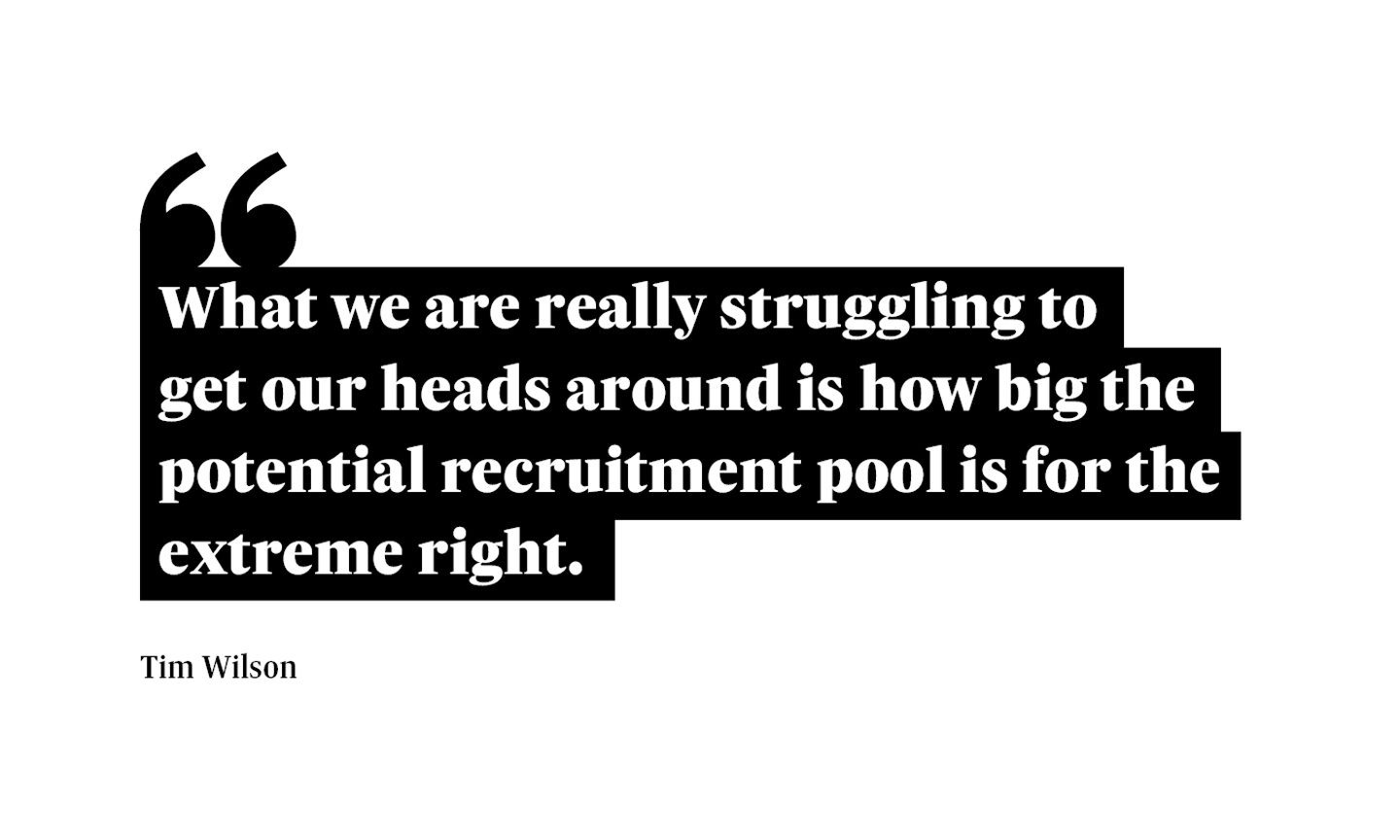
Dr Wilson added: “One of the truly huge shifts of the last 10 years or so is the rise of the extreme right. In Western countries such as the UK, Islamist violence is going to attract a tiny, tiny proportion of a fringe of a fringe, mostly from communities of diaspora Muslim cultural origin.
“It is a pretty small recruiting pool. What we are really struggling to get our heads around is how big the potential recruitment pool is for the extreme right.”
What does the data tell us?
The latest Police Scotland figures show that 100 people – mainly men – were identified as potential terrorists.
They were referred to Prevent, part of the UK Government’s Counter-Terrorist Strategy known as ‘CONTEST’. Prevent aims to “stop people becoming terrorists or supporting terrorism”.
In Scotland, the Prevent strategy aims to tackle all forms of violent extremism and terrorism, including right-wing extremism, Islamist extremism and Northern Ireland-related terrorism.
Police Scotland’s figures, compiled up to March 31 last year, show that the vast majority of people referred to Prevent were male (94%).
People aged 15 to 20 made up the largest proportion of referrals (44%). Figures for this year were not yet available.
The most common type of concern related to right-wing extremism (35% of referrals).
Police Scotland divides the country into three large areas – north, east and west. There were 13 referrals to Prevent from the north region which includes Aberdeen, Aberdeenshire, Angus, Dundee, Highland, Moray, Orkney, Perth and Kinross, Shetland and the Western Isles.
A total of 44 referrals came from the east region which includes Fife and Edinburgh while 43 came from the west which includes a broad swathe of the country including Argyll and Bute, Glasgow and Dumfries and Galloway.
Far-Right terrorism in Scotland – ‘A fast growing problem’
Former Royal Marine Commando James E Mack, from Aberdeenshire, was a member of a Special Operations unit with a 22-year career serving in many of the world’s troubled hotspots.
He then specialised as a counter-terrorism adviser and helped with UK and US Government initiatives.
He says far-right terrorism is a fast-growing problem which may become the “dominant domestic terror threat within the UK”.
He said: “The fact that these individuals act alone, by definition, can make them far harder to identify in their early stages at least.
“Consider that if a radicalised individual starts attending meetings, protest marches and associating with known extremists, they will pop up on the police and intelligence radar pretty quickly and add to that network of individuals who bear monitoring.
“Two of the most horrific far right extremist attacks have been conducted by lone actors. In Norway 2011, Anders Breivik killed eight people with a vehicle bomb before going on to kill a further 69 at a summer camp. In New Zealand in 2019, Brenton Tarrant killed 51 people and injured 41 in a series of shootings in mosques.
“The current threat picture for the UK shows a rough breakdown of Islamic fundamentalism and far-right extremism to be a 75/25 percentage breakdown.
“The growth in the past few years of far-right extremism to reach that 25 percent has been a rapid one and points to an increasing rather than decreasing trend.
“Particularly concerning is the increase in younger individuals becoming involved in far-right extremism. In 2020, 10 out of the 12 under 18s convicted on terrorism charges had links to far-right extremism.
“The speed that far-right extremism has progressed in the last few years and it’s attraction to a younger, impressionable demographic, may mean that a tipping point will be reached where it does become the dominant domestic terror threat within the UK.”
Dr Benjamin Lee, an expert in the extreme right at St Andrews University, also said the aftermath of the pandemic would leave even more people prone to the poison of online hate.
He said: “The pandemic has caused a great deal of uncertainty, shaken faith in governments and states, cut people off from their families and social networks, and forced life online.
“For young people looking for explanations and without access to regular sources of resiliency like friends and family, extremist material is easily accessible online.
“Preventing lone actor terrorism requires vigilant policing and also relies on people coming forward and sharing any concerns they might have with the authorities.”
The impact of race hate
She faced an almost daily gauntlet of sickening racism since she was just two-years-old.
Khaleda Noon was born and raised in Perthshire before moving to Auchenblae, Aberdeenshire. Her mum was Scottish and her dad was a pilot from Kuwait.
She said Scotland’s racism problem runs deep but people like Connor Ward need support and investment in their lives rather than just condemnation to avoid future generations falling prey to the simplistic hate of the extreme right.
She said: “Racism means that I don’t belong in certain places, that I don’t feel safe in other places, and that I can’t express myself the way I might want to express myself.
“Beyond the everyday instances and events that we might see, and the fact that racism has posed a danger to my life and livelihood, racism alienates me from the people around me, my cultural background and heritage, and tells me that I’m not worth as much as other people.
“These are all things that are still happening in Scotland, and things which are having a severe effect on young Black people and young people of colour.”
Khaleda used her experiences to launch Intercultural Youth Scotland, a charity for young Black people and young people of colour.
She added: “The internet and social media breeds simple, polarised opinions on matters that are often complex and multi-faceted.
“We need to provide positive, community-driven, grassroots alternatives. There is huge underinvestment in the lives of Scotland’s youth, and young, mostly white, people are especially susceptible to the simple extremities put forward by far-right fascists.
“We need to ensure that young people are given a sense of community, connection, and value. While young white people might not be alienated due to their race, there is still a need to invest more in their lives and offer an alternative to the ahistorical, God-like, and often masculine narratives of white supremacy and fascism.”
Previously she described her experiences of racism. She said: “It is often a bit of our forgotten history that many men from the Middle East came to train as pilots in Scotland at the small aerodrome in rural Perthshire in the early ’70s.
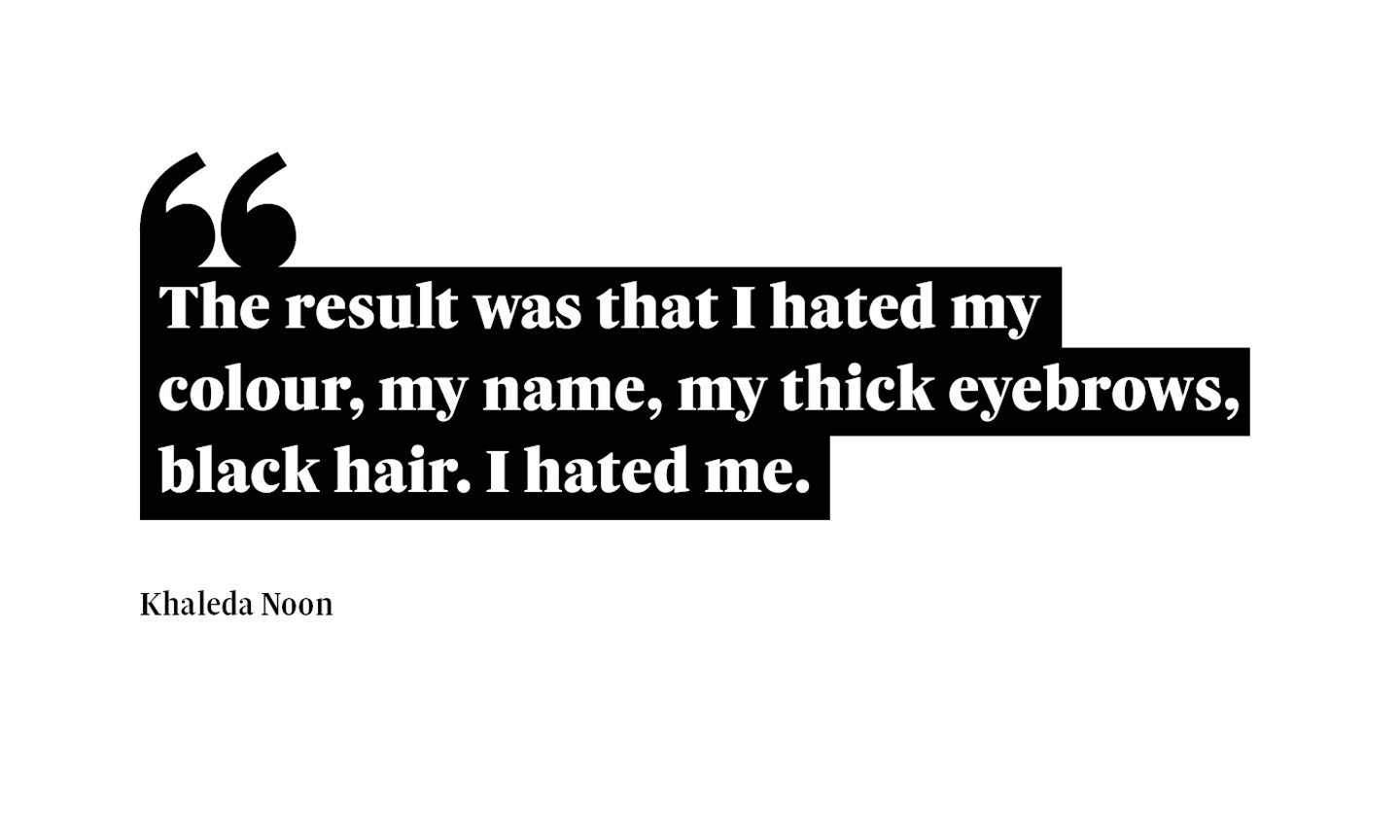
“They may have appreciated the money that the new aerodrome residents brought into the town, but the so-called Fair City was unused to being home to people of colour and racism was rife.
“My father left when I was one year old, I didn’t know him, don’t know him, and I never got the opportunity to understand my Arabic culture, faith or identity.
“So, I have a white mum, a white big sister and big brother, white cousins, aunties and uncles. I was the only brown one. The “black sheep of the family” or “the black pudding” as I was often ‘affectionately’ called.”
She said: “I was different. I only needed to look at the faces of my own siblings to see that. I wasn’t reflected in their image. And in Auchenblae, a tiny wee village in those days, I stood out.
“The result was that I hated my colour, my name, my thick eyebrows, black hair. I hated me.”
Protecting Scottish citizens against Terrorism
Chief Superintendent Linda Jones said: “Police Scotland works closely with a wide range of partners, including the UK counter-terrorism network, to ensure the people of Scotland can go about their daily life safely, securely and free from the threat of terrorism. However, I would always urge the public to remain alert and vigilant and report any suspicious activity to police immediately.
“We are absolutely focussed on protecting our citizens and working with communities to deliver the Prevent programme to help safeguard individuals who have been identified as vulnerable to radicalisation or susceptible to being drawn into terrorism or violent extremism. The strategy effectively promotes early intervention and the adoption of a multi-agency approach to safeguard individuals and communities. We remain absolutely committed to building strong partnerships with communities and other stakeholders to address the underlying causes fuelling radicalisation.
“We can’t do this alone and I know it can be a huge step, but we need the help of colleagues, families, friends and the wider public. I would urge anyone who has concerns about someone they know being drawn into extremism to visit ActEarly.uk for support and advice. You won’t be wasting our time. Anyone who has an urgent concern about terrorism can also always call 999 or contact the confidential anti-terrorist hotline on 0800 789 321.”
Credits
- Words by Stephen Stewart
- Design by Cheryl Livingstone
- Graphics by Chris Donnan and Gemma Day
- Data visualisations by Lesley-Anne Kelly
- Video trailer by Drew Farrell and Morven McIntyre
